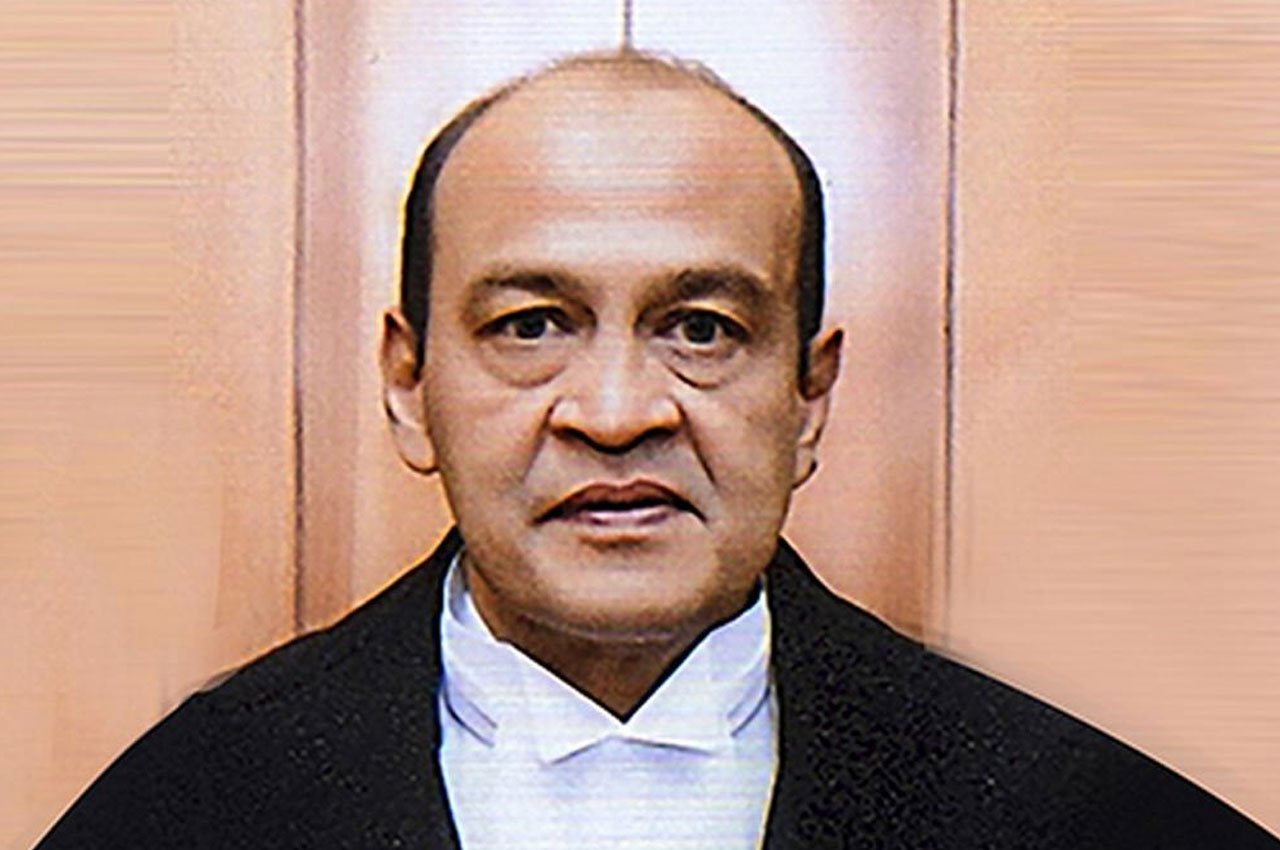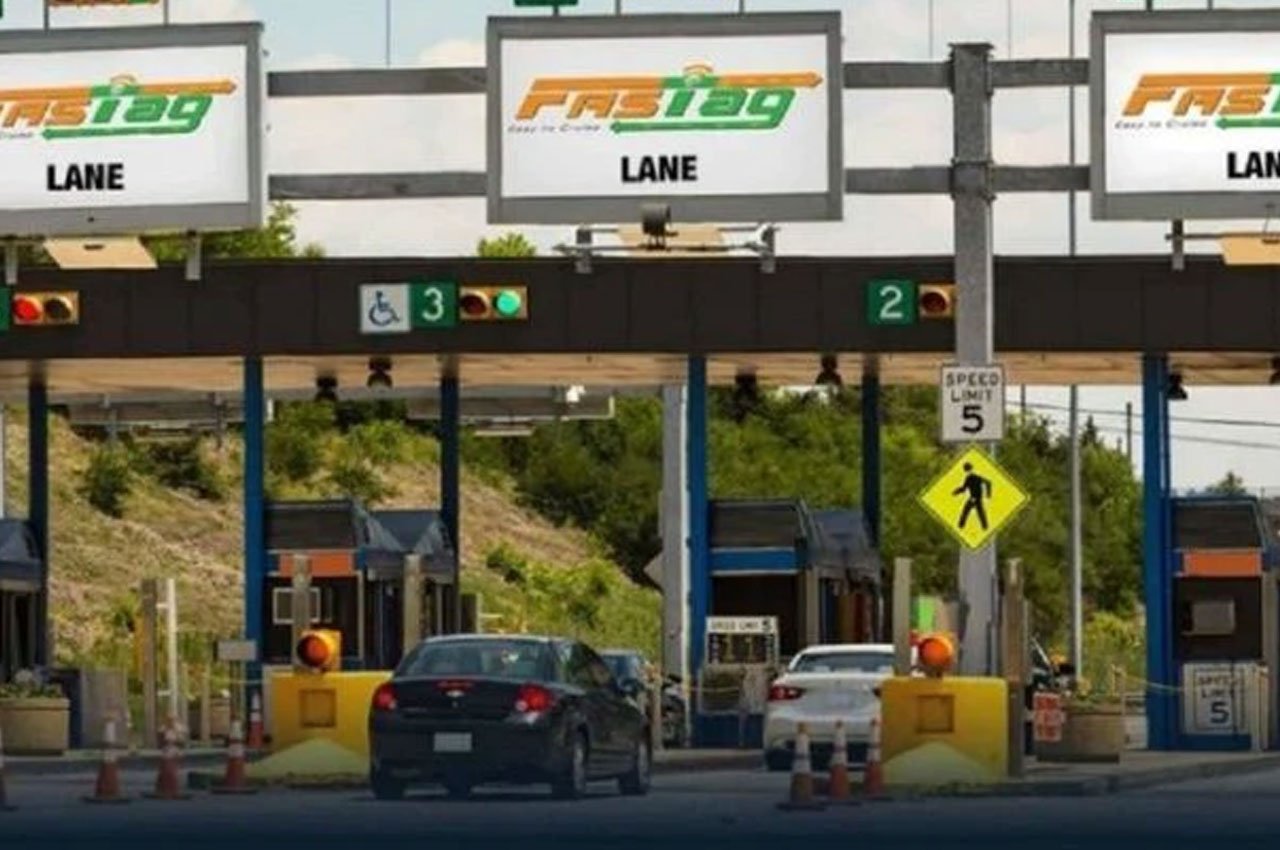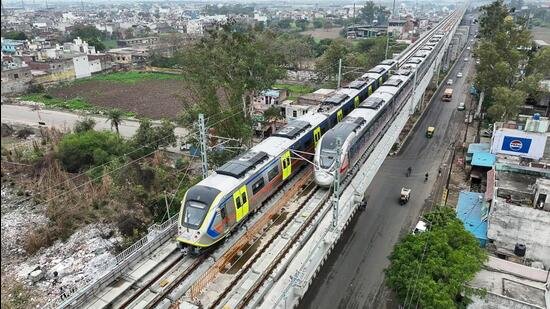The process for the removal of Justice Abhijit Gangopadhyay Varma, a judge of the Calcutta High Court, is likely to begin soon, with Lok Sabha Speaker Om Birla expected to name a probe panel in the coming days. According to The Indian Express, this development comes after the submission of a notice for his removal by a group of MPs from Opposition parties, including the Congress and the Trinamool Congress (TMC).
Background of the Notice
The notice was submitted earlier this year under Article 124(4) of the Constitution, which outlines the procedure for the removal of a judge of a High Court or the Supreme Court. Sources indicated that the Speaker’s office is in the final stages of vetting the notice, which has reportedly met the required threshold in terms of the number of signatories and the grounds mentioned.
Grounds for Removal
The MPs have cited multiple instances of alleged judicial misconduct and impropriety in their notice. One of the major points raised pertains to Justice Varma’s public statements and his handling of sensitive political cases, which they claim show bias and violate the code of conduct expected from a sitting judge.
What Happens Next
Once the Speaker approves the notice, a three-member committee will be formed to investigate the charges. This committee typically includes a judge of the Supreme Court, a Chief Justice of a High Court, and a distinguished jurist. Their task will be to determine whether the charges have merit and if they warrant the judge’s removal.
Justice Varma’s Response
Justice Varma, who has been at the centre of several high-profile and politically sensitive cases in West Bengal, has defended his conduct in the past. He has stated that his actions were in accordance with the law and that he has always upheld the dignity of the judiciary. However, critics argue that his courtroom remarks and frequent media attention have raised questions about judicial neutrality.
Political Implications
The move to initiate proceedings against Justice Varma has sparked a political debate. The BJP has accused the Opposition of targeting a judge simply for ruling against the West Bengal government in several cases. Meanwhile, the TMC and Congress argue that the integrity of the judiciary must be preserved and that no judge should appear to align with political interests.
The Legal Framework
Under Article 124(4), a judge can be removed only through a complex procedure involving both Houses of Parliament. After the probe panel submits its report, if it finds the judge guilty of misbehaviour or incapacity, the matter moves to Parliament. The motion must then be passed by a two-thirds majority in both the Lok Sabha and Rajya Sabha.
Past Precedents
Only a few judges in India’s history have faced removal proceedings. Justice Soumitra Sen of the Calcutta High Court and Justice P D Dinakaran of the Sikkim High Court are among the rare instances where Parliament took up such motions. However, both judges resigned before the process could be completed.
What to Watch
The coming weeks will be crucial in determining whether this case follows through to Parliament or ends prematurely. The legal fraternity and political observers alike will be watching how the Speaker handles the situation and whether the integrity of the judiciary can be maintained amid political pressures.
Photo Credit: The Hindu
For more stories click here
Follow us for latest updates:




